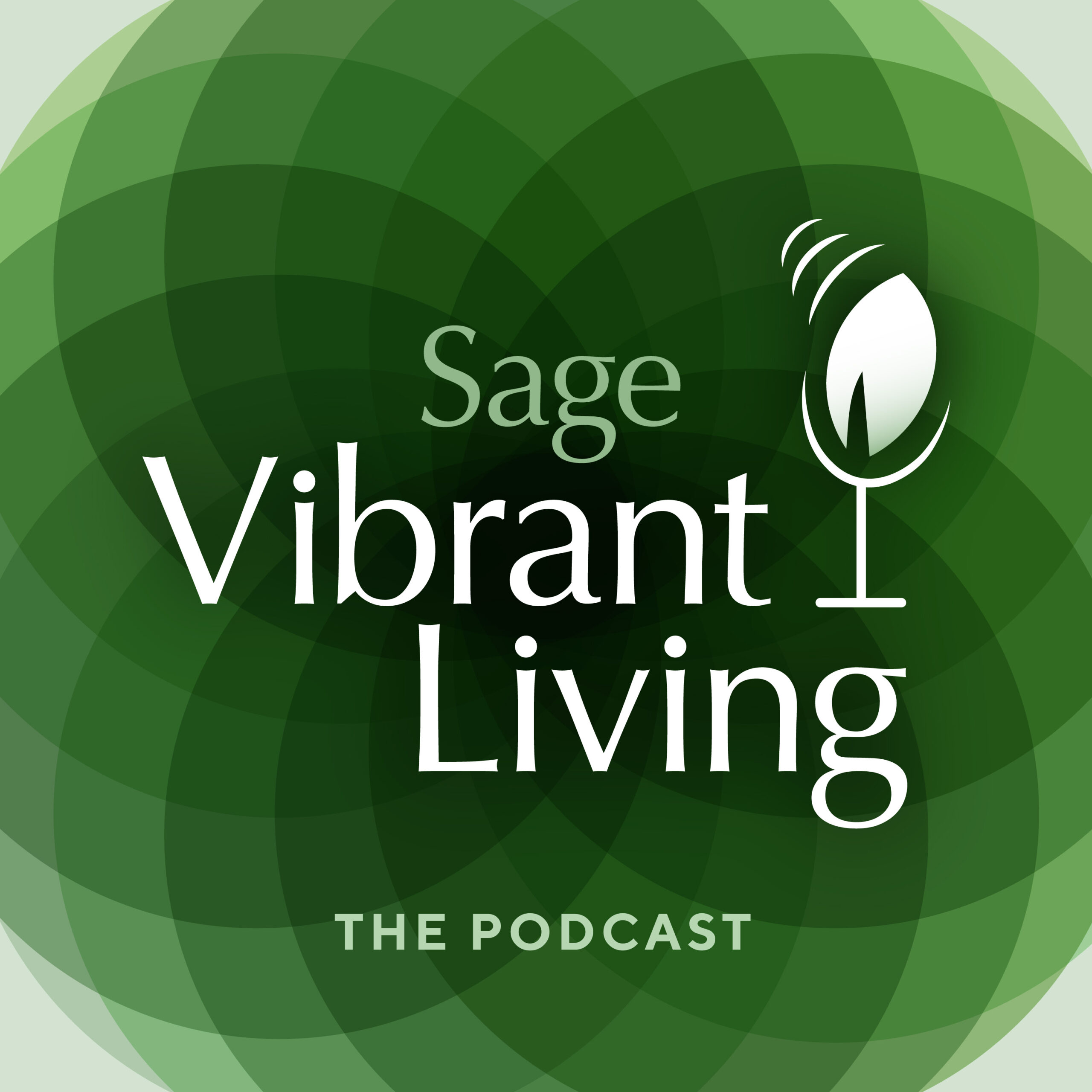Reflecting on Frederick Douglass’ “What to the Slave is the Fourth of July?”
Independence Day, celebrated on July 4th, marks the birth of American liberty and democracy. However, for many older African Americans, the celebration is tinged with complex reflections on freedom and equality. A pivotal moment in this historical context is Frederick Douglass’ 1852 speech, “What to the Slave is the Fourth of July?” which challenges the nation’s ideals by exposing the stark realities of slavery. As we value mindfulness, cultural appreciation, and lifelong learning at Sage Collective. reflecting on Douglass’ speech through these lenses helps us understand the deeper significance of July 4th for African Americans today.
Frederick Douglass: A Voice for Justice
Frederick Douglass, a former enslaved person who became a leading voice in the abolitionist movement, delivered his powerful speech on July 5, 1852, to the Ladies’ Anti-Slavery Society of Rochester, New York. In this address, Douglass poignantly asked, “What to the Slave is the Fourth of July?” He highlighted the hypocrisy of a nation that celebrated freedom and independence while millions remained enslaved.
Douglass’ speech is a searing indictment of American society’s failure to live up to its founding principles. He praised the vision of the Founding Fathers but castigated the country for its moral blindness and failure to extend the same rights to all its citizens. His words resonate with a force that continues to inspire and challenge us today.
At the time of Douglass’ speech, the United States was deeply divided over the issue of slavery. The 1850s saw increased tensions that would eventually lead to the Civil War. Douglass’ address served as both a critique and a call to action, urging Americans to confront the contradictions between their professed values and their practices.
For older African Americans, Douglass’ speech is a poignant reminder of the struggle for freedom and equality. Many have lived through significant periods of civil rights advancements, from the Civil Rights Movement of the 1960s to the ongoing fight for racial justice today. Douglass’ words remind us of the importance of vigilance and the need to continue advocating for justice and equality.
Reflecting on Independence Day Today
Reflecting on Douglass’ speech provides a deeper understanding of what Independence Day means for African Americans. While July 4th celebrates American independence, it also serves as a reminder of the historical and ongoing struggles for true equality. This duality is particularly significant for older African Americans, who have witnessed both progress and setbacks in the quest for civil rights.
At Sage Collective, we encourage using this reflection as a means of promoting lifelong learning and cultural awareness. Understanding the historical context of Independence Day through Douglass’ perspective enriches our appreciation of the holiday and deepens our commitment to advocating for a more just society.
Honoring Douglass’ Legacy Through Action
Douglass’ speech is not just a historical document but a call to action. It urges us to reflect on our values and to actively work towards a society that lives up to its ideals of liberty and justice for all. For older African Americans, this means continuing to share their stories, advocate for their communities, and engage in the ongoing fight for equality — with a particular focus on intergenerational dialogues that encourage conversations between older and younger generations about the meaning of Independence Day and the importance of Douglass’ message.
As we celebrate July 4th this year — and every year — let us honor Douglass’ legacy by continuing to advocate for justice and equality. At Sage Collective, we are inspired to embrace the true spirit of freedom by working towards a society where all can celebrate liberty and justice.










